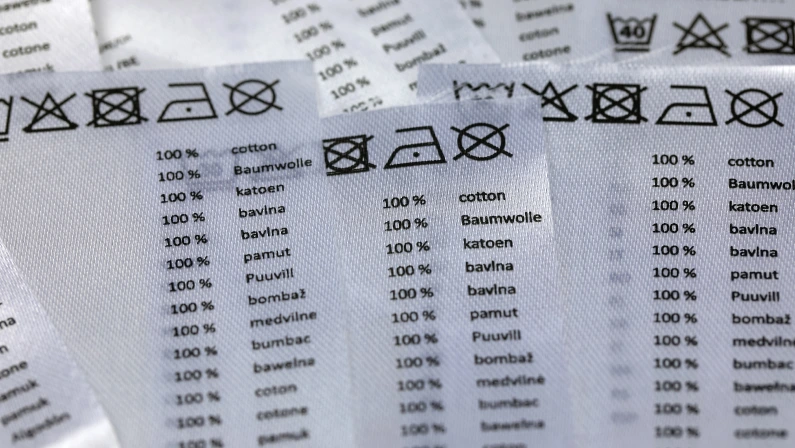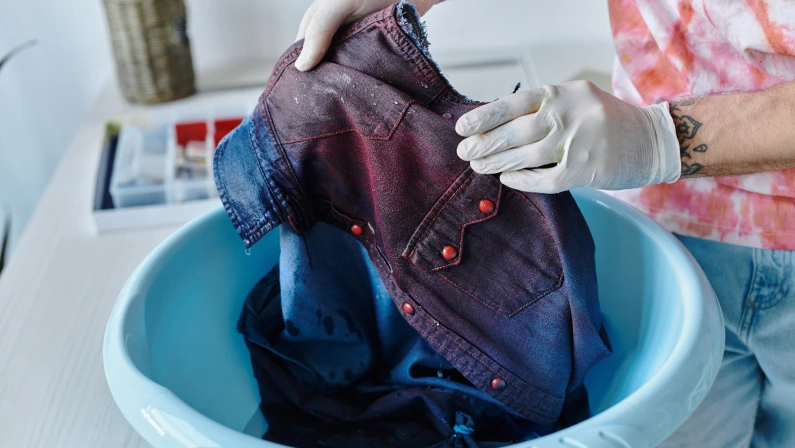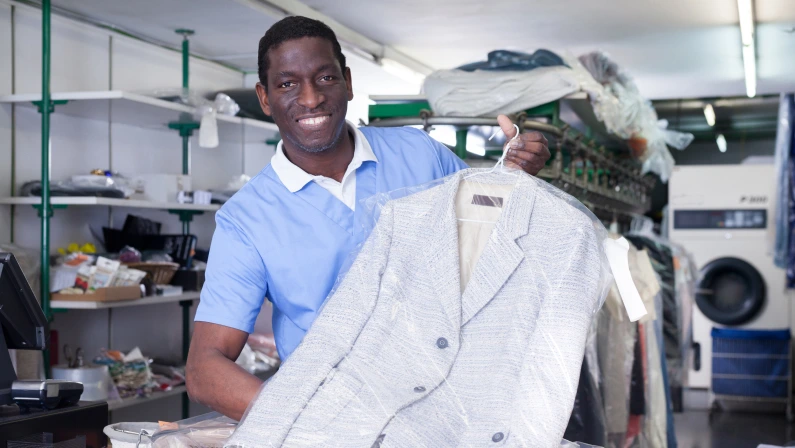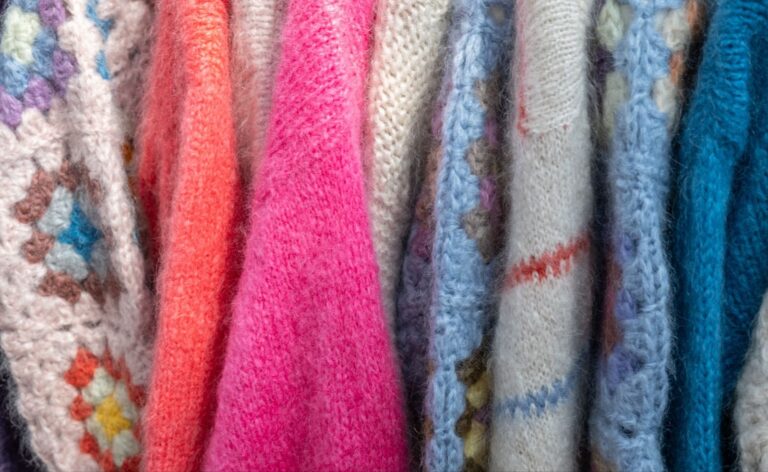Washing vintage clothes requires patience, precision, and a little bit of love. These garments have stood the test of time, often carrying decades of history in their threads. From delicate 1950s dresses to heirloom blouses, vintage pieces deserve more than a quick spin in the washing machine. Learning how to wash vintage clothes properly helps preserve their charm, structure, and sentimental value for years to come.
Unlike modern fabrics designed for easy care, vintage materials often react unpredictably to moisture, heat, and agitation. That’s why understanding the right techniques for cleaning vintage clothes is crucial. This guide will walk through everything from fabric identification to storage tips, ensuring you can wash vintage clothes safely and confidently—without causing damage to your treasured pieces.
What Makes Vintage Clothes Different from Modern Fabrics?
Vintage clothing is unique because of the way fabrics were produced decades ago. Natural fibers like silk, cotton, linen, and wool were often used in their purest forms, resulting in beautiful texture but also more fragility. Over time, exposure to light, air, and body oils weakens fibers, making them more susceptible to tearing or shrinking.
Modern garments, on the other hand, are typically blended with synthetic fibers that increase durability and flexibility. This difference means vintage garments need more attention and gentler cleaning methods. Understanding the nature of older fabrics is the first step in proper vintage dress cleaning and long-term preservation.
How Can You Identify the Fabric Before Washing?

Before attempting to clean vintage clothing, it’s essential to know what you’re dealing with. Silk, wool, cotton, and rayon each react differently to moisture and detergents. Examine the texture, weave, and sheen of the fabric. If a label still exists, it can provide helpful care instructions.
For unlabeled garments, consider testing a small hidden area with water or a mild detergent to observe how it reacts. This simple test can prevent costly damage later when you start washing vintage clothes.
Should You Hand Wash or Dry Clean Vintage Clothing?
The decision between hand washing and dry cleaning vintage clothing depends on the fabric type and garment condition. Hand washing is typically safer for sturdy cottons or linens, while dry cleaning may be necessary for delicate silks, wools, or pieces with intricate embellishments.
However, not all dry cleaners are equipped to handle antique garments. Choose a professional who understands how to clean antique clothing without harsh chemicals or heat. When in doubt, test the cleaning method on a less visible area first.
How Do You Prepare Vintage Clothes for Washing?
Proper preparation can make all the difference when you wash vintage clothes. It ensures you remove dirt and stains while preserving the integrity of the fabric.
1. Inspect the Garment Carefully
Look for tears, loose seams, or missing buttons before cleaning. Delicate areas can worsen if not repaired beforehand.
2. Check for Colorfastness
Wet a cotton swab and gently dab a hidden area. If color transfers, avoid submerging the fabric in water and consider dry cleaning instead.
3. Identify Fabric Type and Care Labels
Fabric type dictates cleaning method, water temperature, and detergent selection.
4. Remove Detachable Parts and Accessories
Take off belts, shoulder pads, or brooches. These can rust, warp, or stain the fabric during washing.
5. Pre-Treat Stains Gently
Use a mild detergent or a fabric-safe stain remover. Avoid scrubbing or rubbing—blot instead.
6. Choose the Right Washing Supplies
Opt for gentle, pH-neutral detergents and a soft cloth or sponge. A clean basin or sink is preferable to a regular vintage clothes washer, which may be too harsh.
What Is the Safest Way to Hand Wash Vintage Clothing?
To hand-wash vintage clothing, fill a basin with lukewarm or cold water and add a small amount of mild detergent. Submerge the garment and swirl it gently—never twist or wring. Let it soak for 5–10 minutes, then rinse thoroughly with cool water.
Support the garment with both hands when lifting it from the basin to prevent stretching. Lay it flat on a towel and gently roll to remove excess water. This method preserves shape and texture while keeping fibers intact.
How Should You Dry and Store Vintage Garments?
Proper drying and storage protect your garments long after cleaning.
1. Skip the Dryer and Air Dry Instead
Heat can shrink or warp delicate fibers. Always air dry vintage items.
2. Choose the Right Drying Technique
Lay flat on a towel or mesh rack to maintain shape. Hanging heavy garments may stretch them out.
3. Iron or Steam with Caution
Use low heat and a pressing cloth between the iron and fabric. Avoid direct steam on silk or lace.
4. Store in a Cool, Dark, and Dry Environment
Keep garments away from sunlight, which fades and weakens fabric.
5. Use Protective Storage Materials
Store items in cotton garment bags or acid-free tissue paper—never plastic, as it traps moisture.
6. Prevent Pests and Musty Odors
Cedar blocks or lavender sachets can deter moths without leaving chemical residue.
7. Rotate and Inspect Regularly
Check stored garments every few months for signs of wear or discoloration.
If you ever need professional care, SpinXpress Laundry offers gentle cleaning options that help protect delicate vintage fabrics from damage while ensuring a refreshed, clean finish.
Can You Use Modern Washing Machines for Vintage Items?
A vintage clothes washer may seem appealing for aesthetic reasons, but even modern washers can be risky. Agitation and water pressure can stretch or tear fragile fibers. If machine washing is absolutely necessary, use a mesh laundry bag, choose the gentlest cycle, and set the water to cold. Always air dry afterward.
Still, hand washing or professional vintage dress cleaning remains the safest approach for preserving quality and structure.
How Do You Handle Vintage Accessories and Embellishments?
Accessories like buttons, lace, sequins, and beads require extra attention when cleaning vintage clothes.
- Assess the condition before cleaning: Examine for loose threads or fragile attachments.
- Remove what you can: Take off detachable parts before washing.
- Avoid submerging embellished areas: Use a damp cloth for spot cleaning instead.
- Handle lace and trims with extra care: Lay flat and avoid stretching or hanging.
- Protect metal and plastic elements: These materials can discolor or rust if soaked.
- Dry carefully to avoid rust or discoloration: Pat gently with a towel and air dry completely before storing.
- Store with padding and separation: Use tissue paper between layers to prevent snags or tangles.
What Are Common Mistakes to Avoid When Washing Vintage Clothes?

Even small mistakes can lead to irreversible damage.
- Using harsh detergents or bleach: These strip fibers of color and strength.
- Machine washing delicate items: Agitation can cause fraying and tears.
- Using hot water: Heat weakens natural fibers and causes shrinkage.
- Scrubbing or wringing the fabric: This can distort the shape or leave marks.
- Ignoring colorfastness tests: Always test before washing to prevent bleeding dyes.
- Drying in direct sunlight or heat: UV rays can fade and weaken fabric.
- Storing clothes while still damp: Moisture promotes mold growth.
- Hanging heavy or stretch-prone items: Fold instead to maintain structure.
- Skipping professional help when needed: When garments are too fragile, trust experts familiar with how to clean antique clothing.
How Can You Maintain Vintage Clothing Long-Term?
Regular inspections, gentle spot cleaning, and proper storage help vintage pieces last. Rotate what you wear, air garments occasionally, and avoid over-handling fragile fabrics. Using acid-free materials in storage boxes will slow down natural aging and yellowing.
Preservation is about balance—keeping your garments clean without exposing them to unnecessary stress.
Keeping Timeless Style Alive: Trust the Experts

Vintage fashion celebrates craftsmanship and character that modern garments rarely match. Learning how to wash vintage clothing correctly allows you to wear and preserve those timeless pieces with confidence.
However, when you need professional assistance, a trusted laundromat in Corpus Christi, TX, like SpinXpress Laundry can help. With convenient laundry pickup and delivery services, maintaining your vintage wardrobe has never been easier—or more reliable. Contact us today!





